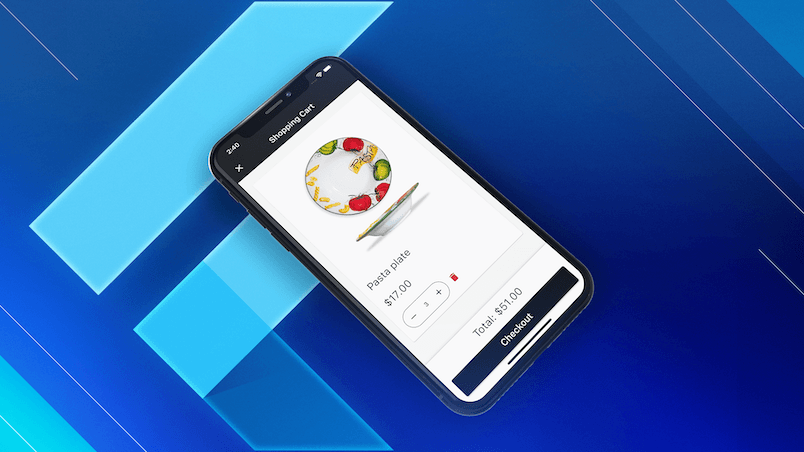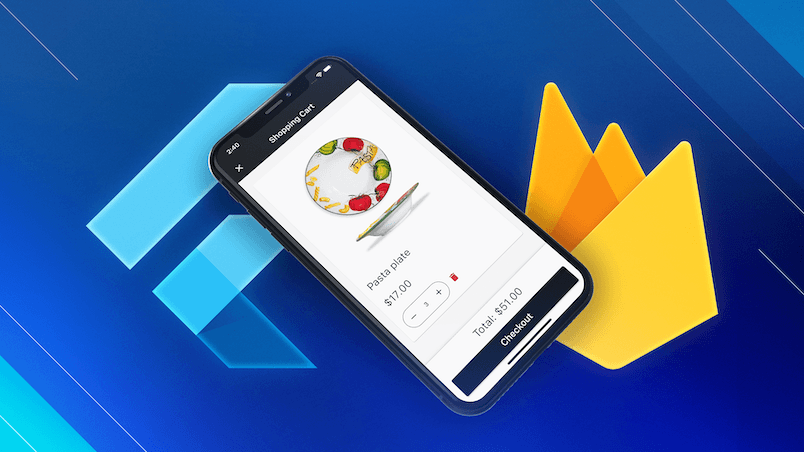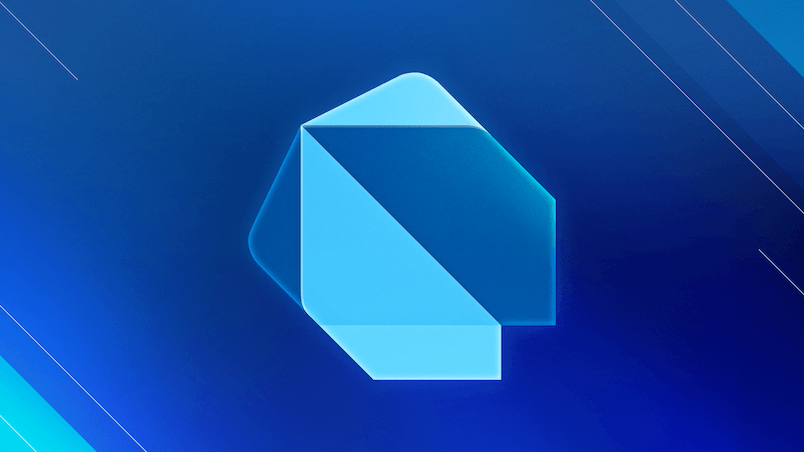When writing your own AsyncNotifier subclasses, it's quite common to use try/catch blocks to deal with Futures that can fail:
@riverpod
class SignOutButtonController extends _$SignOutButtonController {
@override
FutureOr<void> build() {
// no-op
}
Future<void> signOut() async {
try {
state = const AsyncValue.loading();
await ref.read(authRepositoryProvider).signOut();
state = const AsyncValue.data(null);
} catch (e) {
state = AsyncValue.error(e);
}
}
}
In such cases, AsyncValue.guard is a convenient alternative that does all the heavy-lifting for us:
Future<void> signOut() async {
final authRepository = ref.read(authRepositoryProvider);
state = const AsyncValue.loading();
state = await AsyncValue.guard(authRepository.signOut);
}
Here's how this method is implemented in the the AsyncValue class:
abstract class AsyncValue<T> {
static Future<AsyncValue<T>> guard<T>(Future<T> Function() future) async {
try {
return AsyncValue.data(await future());
} catch (err, stack) {
return AsyncValue.error(err, stackTrace: stack);
}
}
}
Learn more here: AsyncValue.guard() method.
Happy coding!





